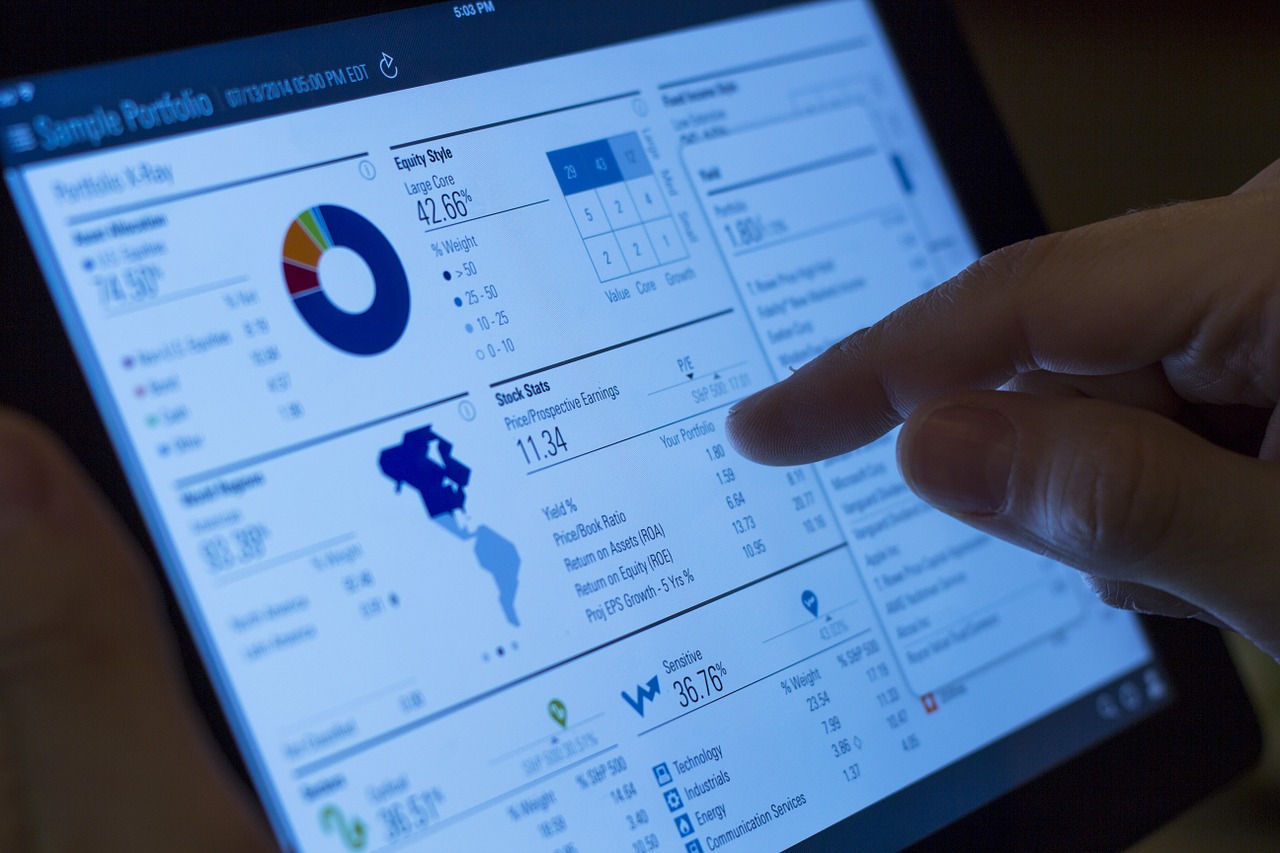 Maintaining a good record of all transactions at a portfolio/fund level as well as at an individual level is a core function, and hence implementing one of the robust asset management portfolio accounting systems is a paramount consideration.
Maintaining a good record of all transactions at a portfolio/fund level as well as at an individual level is a core function, and hence implementing one of the robust asset management portfolio accounting systems is a paramount consideration.
Within asset management firms, portfolio accounting and reconciliation, a back-office function with tremendous implications across the value chain has traditionally been the realm of complex and costly systems where changing something often takes months, and the cost of a lift and shift often does not seem to be practical. So, asset managers trudge on by putting band-aids and duct tape and living with the limitations of the legacy portfolio accounting systems and software so as not to cause ripples in day-to-day operations and impact the survival of the firm.
Here are the key features of a best-in-class portfolio accounting systems software for asset managers.
Which one is right for a specific asset manager depends on the variability, variety, and velocity of the transactions, the trade types, and the asset classes.
Essential Features of Asset Management Portfolio Accounting Systems:
- Investment Book of Record – the portfolio accounting system is the golden source for the transactions and positions making it the investment book of record. (Often asset management firms have more than one Investment Book of Record (IBOR) – for example one for trust accounts and another for brokerage accounts.
- Global features such as international calendar, accounting methodologies, country-specific rounding rules, accrual methods including negative accrual and ex-dividend trading
- Multi-currency – ability to support multiple base and reporting currencies
- Multiple account types – trust, brokerage, corporate, institutional, separate accounts et al.
- Multiple fund types – traditional 40 Act funds, alternative funds, and private equity structures.
- Multiple asset classes – given the wide range of investment choices and instruments the ability to accommodate a variety of asset classes, including alternative assets and derivatives is a critical consideration
- Trade Life Cycle – support for the entire process of order to record – trade capture, confirmation, and settlement across industry-standard platforms
- Audit and Traceability – Detailed drill down into various positions and transactions to trace the records’ journey and ability to do a variety of audits
- Net Asset Value (NAV) calculation – calculating daily (or mark to market for illiquid investments) NAV for the entire portfolio
- Reconciliation and Exception Management – Trade, Position, and tax lot level reconciliation and the ability to manage exceptions
- Data access and reporting – simplified data access, including the ability to enrich the data, provide operational reporting, and also provision the data for downstream reporting.
- Ability to integrate (preferably API-enabled) with other systems, both legacy and new generation, as well as internal and external.
- Corporate Action processing – elective and mandatory including complex global corporate actions
- Support for GIPS or other methods of performance reporting
- Technical features:
- Integration Capabilities
- Security
- Authentication and Authorization
- Archival and Retention
- Performance, Reliability, Scalability, and Extensibility
- Deployment options (On-premises, Cloud, Hybrid Cloud, )
If you want a more detailed list of features and functionalities for an asset management portfolio accounting systems, please check out our product.

